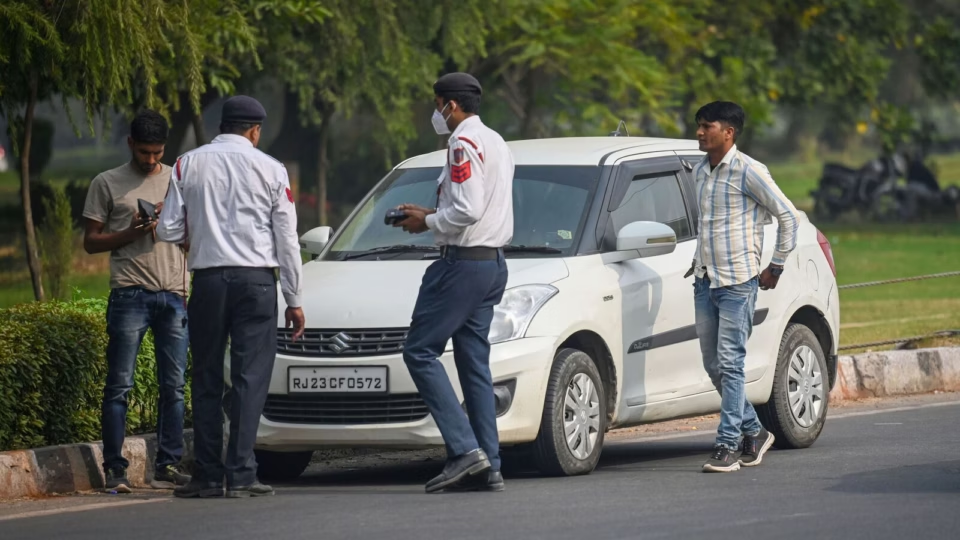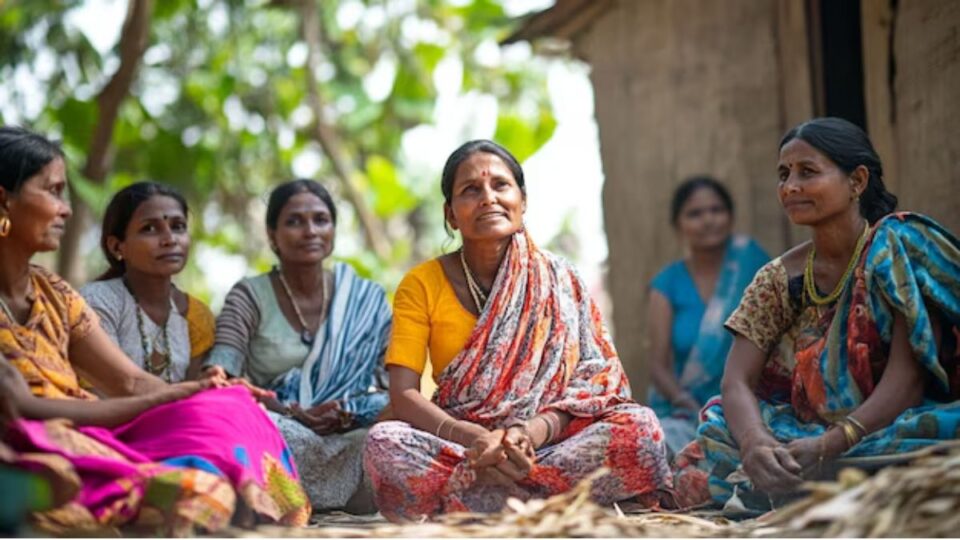
Budget 2020: Do You Know What’s “Thalinomics”?
The Central government is all set to present the budget for the financial year 2020-21 and the developments began with presenting the economic survey in the parliament on Friday.

For the unaware, Economic survey is a detailed report of the country’s economic performance during the past year.
Meanwhile, this year, the government has added a new chapter to the Economic Survey which they call “Thalinomics”. The term coined by the parliament stands for the economics behind a plate of food in India.

With Thalinomics, the government actually figures out how much a one time meal – both vegetarian and non-vegetarian – costs in India. The aim is to find out whether the thali has become more expensive or cheaper in the past years.
Also Read: Mumbai Police Does An Experiment To Stop Commuters From Honking And Results Seem Fun
As per the survey conducted from April 2006 to October 2019 it was noted that a vegetarian thali comprises a serving of cereals, ‘sabzi and dal’ and a non-vegetarian thali comprises of cereals, sabzi and non-vegetarian components.

As per the survey “both across India and the four regions – north, south, east and west – it is found that the absolute prices of a vegetarian thali have decreased significantly since 2015-16 though the price has increased in 2019,” it said.
Also Read: FASTags Should Be Mandatory For Vehicle Insurance, Says Gadkari
As a result, “an average household of five individuals that eats two vegetarian thalis a day gained around Rs 10,887 on average per year while a non-vegetarian household gained Rs 11,787, on average, per year.”
In a nutshell, the survey concluded that the affordability of the vegetarian Thali improved 29% from 2006-07 to 2019-20 while that for non-vegetarian thalis improved by 18%.



